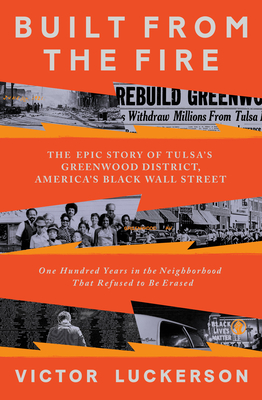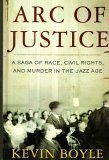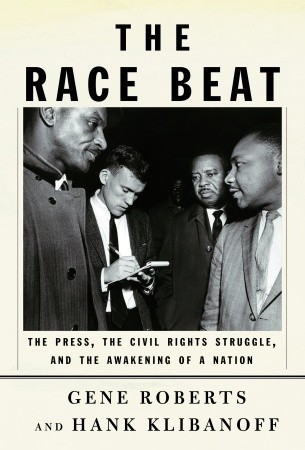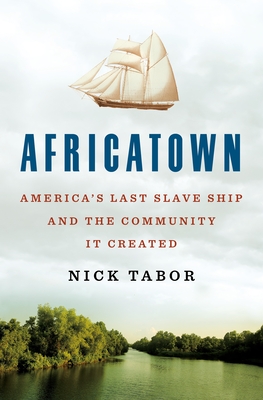
Built from the Fire: The Epic Story of Tulsa's Greenwood District, America's Black Wall Street
Book Description
Amidst the ashes of tragedy, resilience ignites in the vibrant heart of Tulsa's Greenwood District, known as America's Black Wall Street. Victor Luckerson weaves a gripping narrative of ambition, community, and prosperity, showcasing a haven where dreams flourished against the backdrop of racial tension. From thriving businesses to indomitable spirits, this story unveils both the brilliance and the devastation faced by its people. As flames of destruction and the promise of renewal collide, can a community rise again from its own embers? Dive into a tale that forces you to confront history's injustices and the power of unity. What legacy will remain when the fire fades?
Quick Book Summary
"Built from the Fire" by Victor Luckerson traces the dramatic history of Tulsa’s Greenwood District, famously known as 'Black Wall Street.' The book recounts how a pioneering Black community built a flourishing, self-sustaining neighborhood brimming with ambitious entrepreneurs, professionals, and civic leaders despite facing persistent segregation and racism. At the heart of Luckerson’s narrative is not only the devastating 1921 Tulsa Race Massacre—but also the years of success that preceded it, the determined efforts at rebuilding, and the multi-generational fight for justice and reparations. Through deeply researched storytelling, the book highlights the resilience, innovation, and solidarity of Greenwood’s residents, using their stories to illuminate the enduring legacies of racial violence and perseverance in America. Ultimately, the work challenges readers to reckon with the past and envision the possibilities of collective action and renewal.
Summary of Key Ideas
Table of Contents
The Rise of Black Wall Street and Community Innovation
Luckerson chronicles the founding of Greenwood, tracing how Black families and entrepreneurs created a thriving refuge in the segregated South. Despite oppressive laws like Jim Crow, residents established bustling banks, theaters, newspapers, and schools. Greenwood flourished as a hub of Black prosperity, hope, and cultural innovation, earning the nickname 'Black Wall Street.' This success was built on communal bonds, economic solidarity, and a deep commitment to education and business ownership, all set against the constant threat of discrimination from the surrounding white community.
Systemic Racism and Racial Violence
Rising tensions between Black economic independence and entrenched white supremacy gradually escalated, fueled by envy and a determination to maintain racial hierarchies. Luckerson delves into the institutionalized racism and policies that sought to limit or destroy Black progress, painting a vivid backdrop to the events that would follow. This structural hostility set the stage for the outbreak of violence in 1921, revealing how systemic injustice can erupt into catastrophe when embers of hatred are stoked.
Destruction and the 1921 Tulsa Race Massacre
The heart of the book recounts the horror and devastation of the Tulsa Race Massacre. Over two days in May 1921, mobs of white residents, aided by authorities, burned Greenwood to the ground, killing hundreds and rendering thousands homeless. Luckerson’s storytelling puts individual experiences at the forefront—business owners watching dreams turn to ash, children fleeing flames, and families mourning lost loved ones. Yet, amid the tragedy, the author insists on the humanity and dignity of Greenwood’s residents.
Rebuilding, Resistance, and Legacy
In the massacre’s aftermath, the community faced overwhelming odds: dispossession, trauma, and persistent efforts to undermine their attempts at rebuilding. Greenwood’s citizens responded with resilience, reconstructing businesses and homes despite legal and economic sabotage. Luckerson illuminates the decades-long resistance that followed, as leaders fought to preserve Greenwood’s memory and rebuild its spirit. Their struggle demonstrates both the costs of injustice and the extraordinary power of solidarity.
The Ongoing Struggle for Justice and Recognition
The book closes by tracing the present-day legacy of Black Wall Street, examining ongoing campaigns for reparations, memorialization, and truth-telling. Luckerson spotlights activists, descendants, and scholars fighting for recognition and redress, linking Greenwood’s story to broader movements for racial justice. He argues that fully reckoning with Greenwood’s history is essential for building a fairer future, and that the fire’s embers still contain hope for renewal and transformation.
Download This Summary
Get a free PDF of this summary instantly — no email required.





